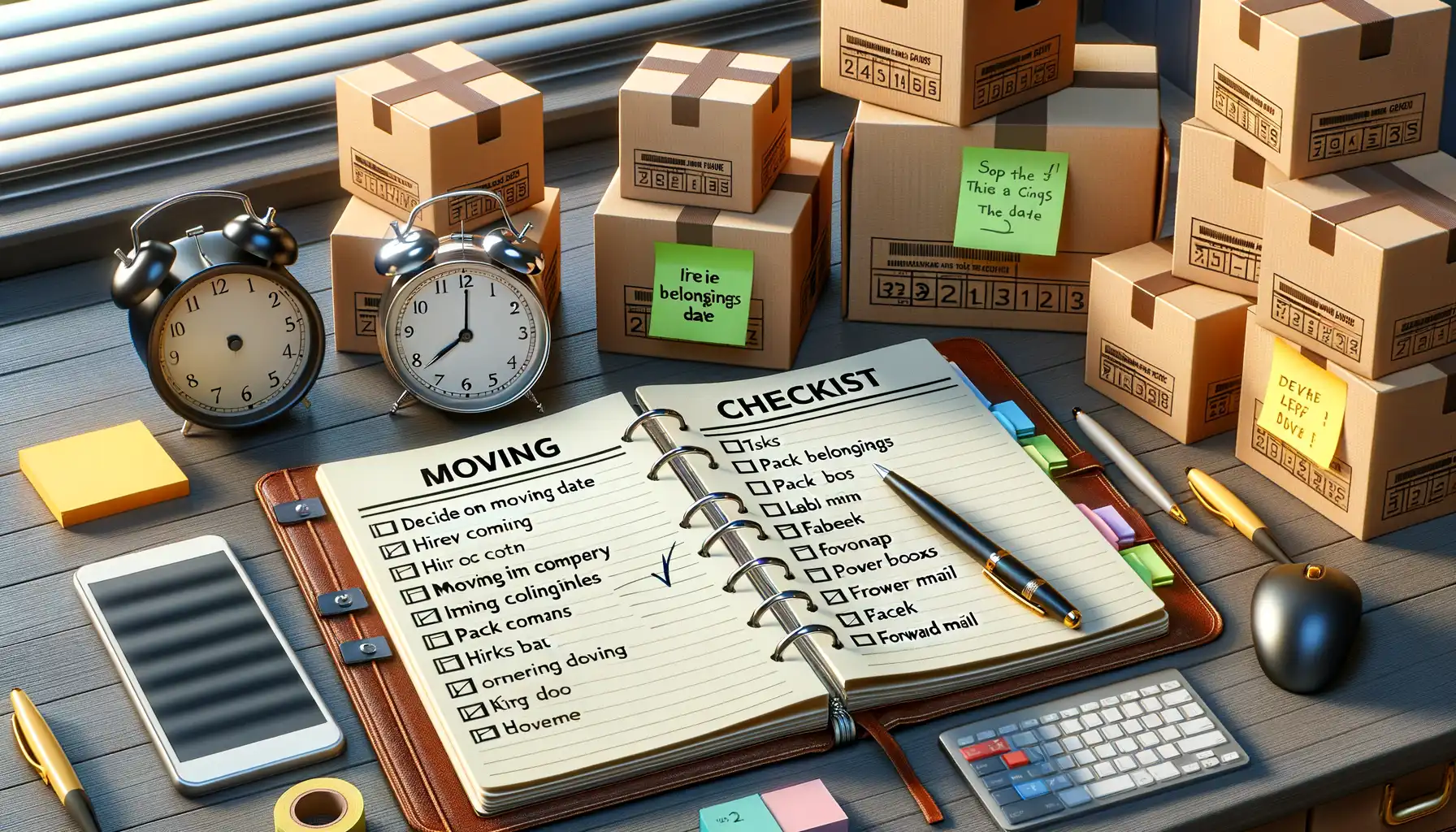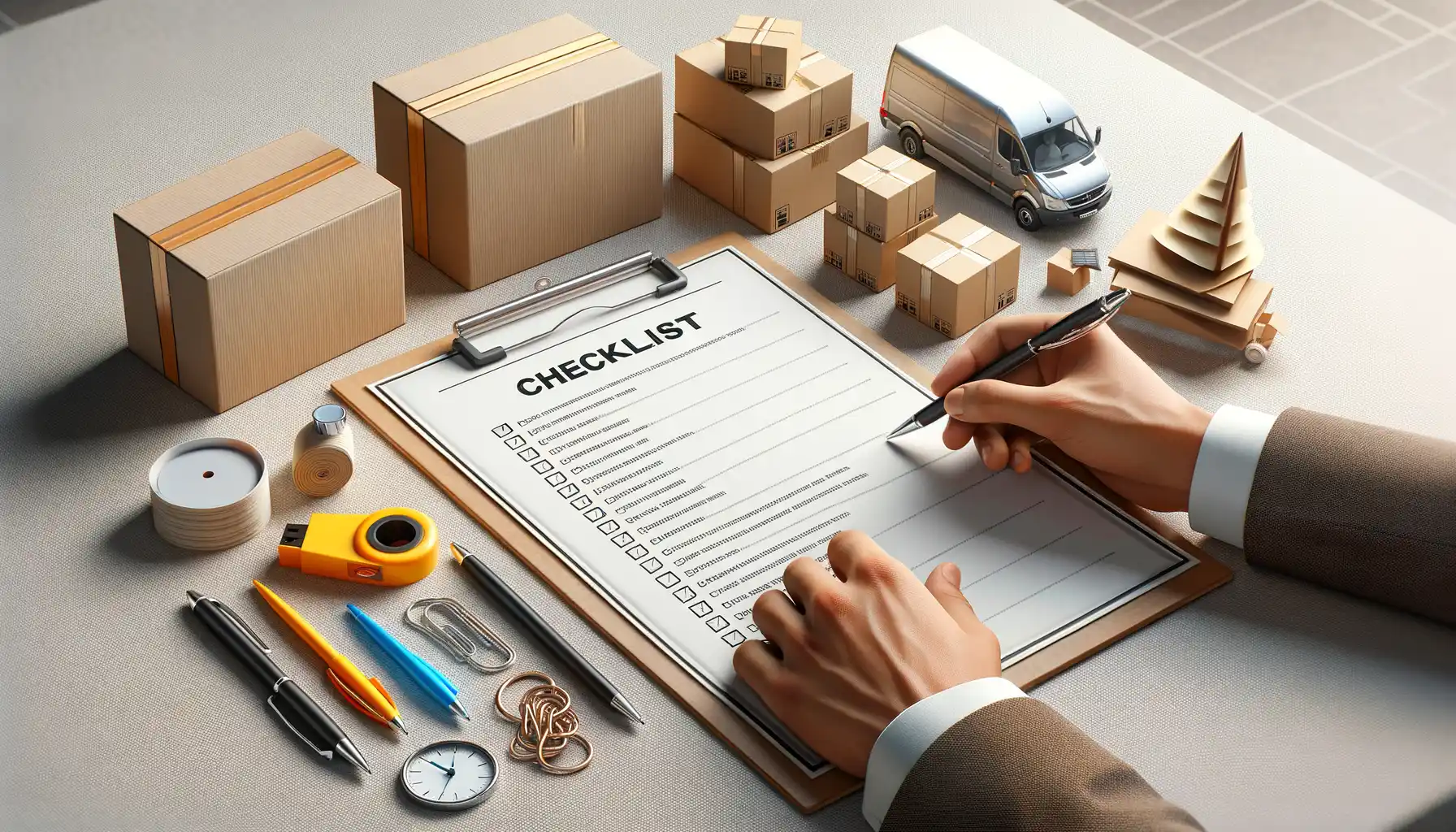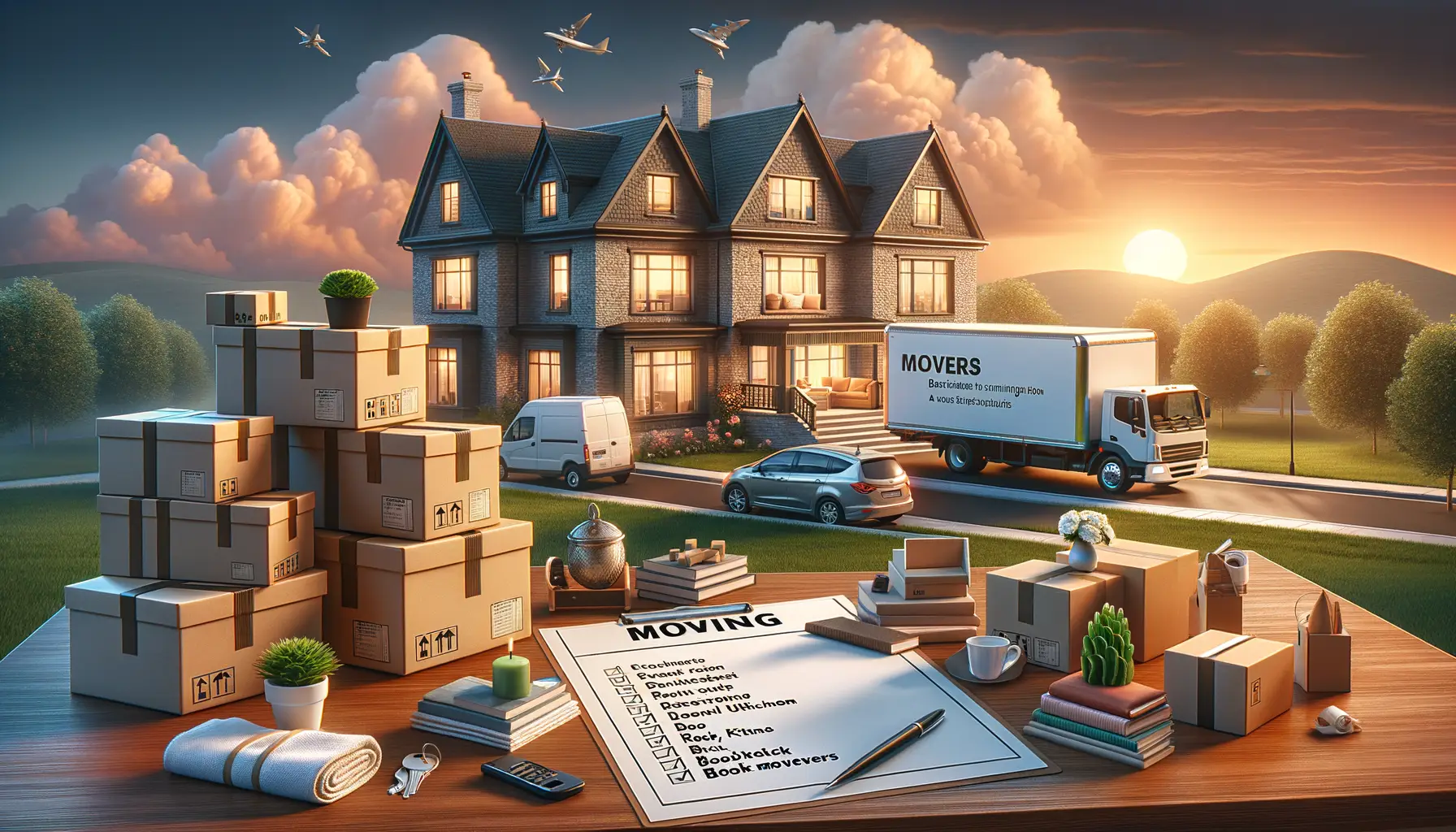Understanding the Importance of Moving Checklists
Why Moving Checklists Are Your Secret Weapon
Let’s be real—moving is no walk in the park. It’s more like trying to juggle flaming torches while riding a unicycle. Amidst the chaos of boxes, packing tape, and bubble wrap, a moving checklist swoops in like a superhero to save the day. Why? Because it turns an overwhelming mountain of tasks into manageable, bite-sized steps.
Picture this: You’re standing in your new kitchen, smugly sipping coffee, because you didn’t forget to transfer your utilities. That’s the power of a checklist. It keeps things from slipping through the cracks while giving you that “I’ve got this!” energy we all want during a move.
Not convinced yet? Here are just a few ways these lists can keep your life (and sanity) intact:
- Clarity: Know exactly what needs to happen and when.
- Control: Feel like the boss of your own relocation strategy.
- Memory boost: Because honestly, who remembers every little task?
Without one, it’s easy to forget essentials—like forwarding your mail or scheduling a moving truck. And nobody wants last-minute panic over forgotten details!
Key Components of an Effective Moving Checklist

Break It Down: What Your Moving Checklist Needs
Moving isn’t just about throwing things in boxes—it’s a symphony of timing, logistics, and (let’s face it) a little controlled chaos. A great moving checklist? That’s your sheet music. Here’s what it *must* include to keep pace:
- Sorting and Decluttering: Before you even think about packing, channel your inner Marie Kondo. Does that sweater from high school still spark joy—or is it time to donate? Lightening your load now saves money and sanity later.
- Timeline with Deadlines: Big moves demand big organization. Break tasks into weekly chunks: booking movers by Week 1, switching utilities by Week 2, or labeling boxes by Week 3. Your future self will thank you.
- Must-Have Moving Essentials: Don’t leave out the so-obvious-you-forget-them items—like duct tape, permanent markers, and plenty of snacks (to fuel the packing marathon!).
Don’t Forget the Small Stuff (It Adds Up!)
Those tiny details? They can make or break moving day. For example, have you notified your post office and updated your address everywhere? Picture this: your Amazon order showing up at the *wrong* house—or your grandma’s invitation to your new home getting lost in the mail. Awkward, right? Or what about labeling every box not just with what’s inside, but *where it goes*? “Miscellaneous” doesn’t cut it when you’re staring down tower-sized stacks of cardboard.
Every detail on your checklist is like a puzzle piece that fits into the bigger picture of your perfect move. And trust me, missing just one can ripple into pure moving madness.
How to Tailor Your Moving Checklist to Your Needs

Designing Your Moving Checklist Around Your Life
Let’s face it—no two moves are the same. Maybe you’re a busy parent juggling school drop-offs and packing boxes, or perhaps you’re a single professional with a jam-packed work schedule and no time to spare. Your moving checklist should feel more like a tailored suit than an off-the-rack outfit. Start by asking yourself: What makes your move unique?
For families, it might mean adding tasks like notifying your children’s school or arranging pet transportation (yes, Whiskers deserves special treatment too). If you’re downsizing, prioritize decluttering first—do you *really* need that fondue set you haven’t used since 2010? Single movers might want to emphasize logistics, like scheduling utility transfers around work hours.
Map It Out Based on Your Timeline
Think of your checklist as your moving GPS—it works best when aligned with your personal timeline. Not sure where to start? Consider this:
- 8 weeks out: Research movers or book a rental truck.
- 4 weeks out: Begin packing non-essentials—winter coats in summer, anyone?
- 1 week out: Prep an essentials box with toiletries, chargers, and snacks (trust me, future-you will thank you).
Your life is unique, and so is your move. Build your checklist to match your world—not someone else’s.
Common Mistakes to Avoid When Using a Moving Checklist

Overpacking Your Checklist: A Recipe for Chaos
It’s tempting to jot down every single task you can think of onto your moving checklist. After all, more detail equals more preparedness, right? Not exactly. Overloading your checklist can feel like trying to cram every kitchen gadget into a single drawer—messy and overwhelming. Focus on the essentials. Group tasks by category (e.g., packing, utilities, documents) instead of drowning in a sea of unrelated chores.
Also, skip vague entries. Writing “pack kitchen” isn’t helpful when you’re standing in front of pots, baking trays, and a dozen wine glasses wondering where to start. Instead, go specific: “Pack dishes and label box as fragile.”
Leaving Your Checklist High and Dry
Your moving checklist isn’t wall art—it’s a tool! One major misstep is abandoning it halfway through the process. Be sure to update it as things evolve. Cross off completed tasks religiously (oh, that sweet satisfaction!) and add last-minute ones that pop up—because they *always* do.
Avoid these pitfalls, and your checklist transforms into your relocation coach—a guiding hand through the chaos, not a burden adding to it.
Conclusion and Final Tips for a Smooth Relocation

Your Final Steps Toward a Stress-Free Move
Now that you’ve fine-tuned your moving checklist and dodged those pesky pitfalls, it’s time to tackle the last leg of your relocation journey. This isn’t just about boxing up pans or bubble-wrapping your grandma’s porcelain teapot—this is about stepping into your next chapter feeling prepared and confident.
Here’s a quick reminder to keep the transition as smooth as silk:
- Label like a pro: Don’t kid yourself—a box labeled “miscellaneous” will haunt your dreams later. Be specific! “Kitchen: plates, mugs” or “Bedroom: bedside table items.” You’ll thank yourself when unpacking feels less like a scavenger hunt.
- Pack an essentials bag: Trust me, the last thing you want is to tear through 12 sealed boxes looking for your toothbrush or phone charger. Pack your daily must-haves in a separate bag. Think of it as your survival kit for the first 24 hours post-move.
The Emotional Side of Moving
Relocation isn’t just about logistics; it’s an emotional rollercoaster. It’s okay to feel overwhelmed, excited, or even a little nostalgic—after all, you’re leaving behind more than walls and windows. Take a moment to breathe. Relish the memories tied to your old space but give yourself permission to embrace the unknown.
Set small rituals for your first few days in your new home. Maybe it’s lighting your favorite candle or ordering pizza while sitting on unpacked boxes. These little moments turn a house into your new haven.
And remember, no checklist can capture every twist and turn. The key is flexibility. Whether it’s a last-minute snag with the movers or realizing you forgot an entire closet (hey, it happens!), stay adaptable. Your next adventure deserves your full attention—and maybe a celebratory coffee break.